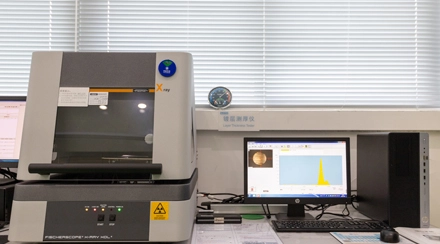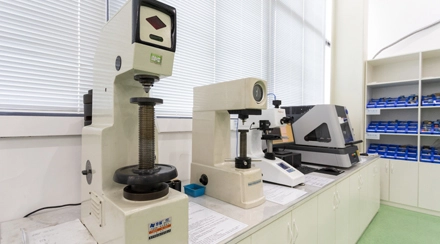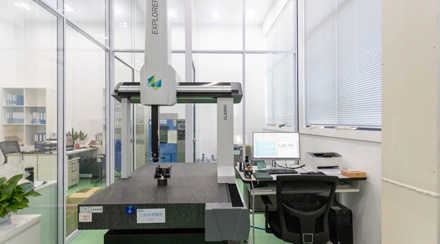Precision casting machining is a specialized casting method in comparison to traditional casting techniques. It can achieve relatively accurate shapes and higher casting precision. Precision casting machining products are precise, complex, and close to the final shape of the parts, often requiring little to no machining before use, making it an advanced near-net-shape casting process in the industry.
Precision Casting Machining: Water Glass Shell
This process has a nearly 50-year production history in China. Thanks to the relentless efforts of colleagues in the precision casting machining industry over the past half-century, the application and research of water glass shell processes have reached a high level. Over the years, with improvements in refractory materials for the backup layer shell and the widespread application of new hardeners, the strength of water glass shells has increased significantly. Its low cost, shortest production cycle, excellent shell removal performance, and high permeability are advantages that other shell processes have yet to surpass.
Precision Casting Machining: Composite Shell
Compared to water glass shells, the surface quality of castings has greatly improved, with reduced surface roughness, fewer surface defects, and a lower rework rate. It can be applied to high-alloy steels such as stainless steel and heat-resistant steel. The production cycle is much shorter than the low-temperature wax-silica sol shell, and similar to that of water glass shells.
Precision Casting Machining: Silica Sol (Low-Temperature Wax) Shell
This process has greater adaptability and advantages when casting items over 1kg, especially those over 5kg. It is more stable than composite shells, particularly in terms of casting dimension accuracy. Without the presence of water glass, the shell's high-temperature performance is excellent, with high permeability and strong creep resistance after being fired at 1000-1200°C. It can be used for thin-walled parts, complex small and medium-sized parts, as well as large parts weighing 50-100kg, such as pumps, impellers, flow shells, pump bodies, ball valve bodies, valve plates, etc. For thin-walled small or large parts, shell lifting or shell hanging can be used to pour directly in front of the furnace, achieving a high yield rate.
Precision Casting Machining: Silica Sol (Medium-Temperature Wax) Shell
This is the internationally common production process for precision castings. It offers the highest quality castings and the lowest rework rates, making it particularly suitable for small and medium-sized items or tiny parts (2-1000g) with high surface roughness and dimension accuracy requirements. However, its equipment and cost constraints mean it is less commonly used for medium to large items (5-100kg).
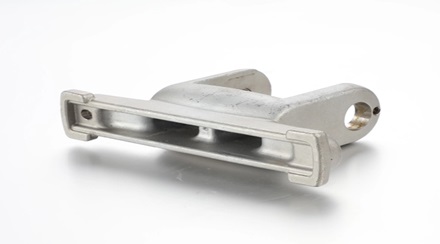
High precision investment casting is a primary precision casting machining process. It involves making a fusible model with fusible materials, coating it with several layers of special refractory coatings, and then drying and hardening it to form an integral shell. The model is melted out of the shell using steam or hot water, and the shell is placed in a sand box and surrounded by dry sand to form the mold. Finally, the mold is heated in a baking furnace at high temperatures and molten metal is poured into the heated mold to produce the casting.
High precision investment casting is an outstanding process in the casting industry with a broad range of applications. It is not only suitable for casting various types and alloys, but also produces castings with higher dimensional accuracy and surface quality compared to other casting methods. Even complex, high-temperature, and hard-to-machine castings, which are difficult to cast with other methods, can be produced using high precision investment casting. High precision investment casting is widely used in fields such as aerospace, automotive, and mechanical manufacturing due to its precision and high surface quality.
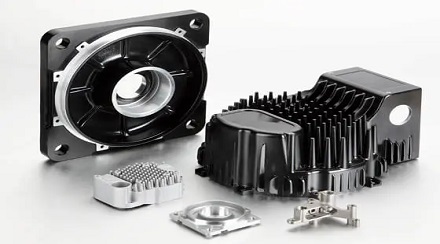
This is the last one.
